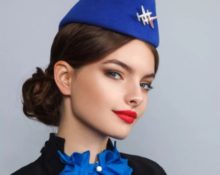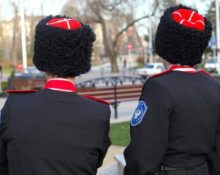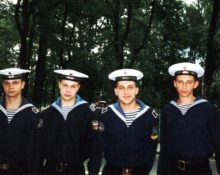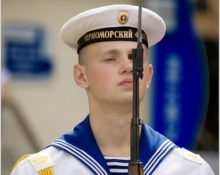In recent years, the cap in many of its forms has been persistently knocking on the door of a woman’s wardrobe: traditional cloth, felt, knitted, fur. Whether this is a legacy of Soviet times or a new fashion trend, let’s look at everything step by step.
What kind of headdress is this?
A cap is a light cap, slightly flattened on the sides. In the modern world it is used in different capacities:
 as an element of military uniform;
as an element of military uniform;- part of the uniform (stewardess, pioneer, salesman);
- fashionable headdress.
A little history...
Its prototype was the headdress of the Scottish military - the Glengarry, which was used by them as a uniform since the mid-19th century. At the beginning of the 20th century, a new uniform with a “folding flight cap” or a “soft folding cloth cap for pilots” was introduced in the army of Tsarist Russia for aviators and balloonists.. This was the cap, called in professional slang “perletka” or “polyotka”.
The cut made it possible before departure to replace the cloth headdress with a helmet, fold it along the longitudinal lines and tuck it under the shoulder straps. Ease of use and practicality played a decisive role in the fact that other branches of the military also began to cover their heads with caps.
The Red Army introduced this headdress into the uniform of military cadets. Its color then was dark green with the addition of a red edging, a black chin strap, and a Red Army star. This was in 1919, and in 1935 the commanders and soldiers of the Red Army received the cap. It was made from khaki cloth. For the commander's dress, a cloth star was provided and the edge was edged in the color of the branch of service. The armored forces wore a steel cap, the air forces wore a blue one.
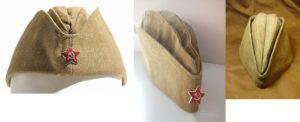 In the same year, the Wehrmacht introduced such a headdress into the uniform of its troops.. Initially it was a feldgrau-colored cap with an officer's aluminum trim. Its cut and decoration were quite complex - with corners on the lapels, different heights of the front and back parts, sewing of a flagellum in the bottom, embroidery of an imperial eagle and a three-color cockade below. By the end of the war, the cut was simplified, the embroidery elements were combined, and the color was replaced by khaki.
In the same year, the Wehrmacht introduced such a headdress into the uniform of its troops.. Initially it was a feldgrau-colored cap with an officer's aluminum trim. Its cut and decoration were quite complex - with corners on the lapels, different heights of the front and back parts, sewing of a flagellum in the bottom, embroidery of an imperial eagle and a three-color cockade below. By the end of the war, the cut was simplified, the embroidery elements were combined, and the color was replaced by khaki.
The Soviet Army also preferred this headdress. In the ground forces, it still retained the khaki shade with colored edging according to the type of troops (red, crimson, blue, black). Military sailors wore black caps, and white piping was provided for officers. The command staff of all ranks of the troops wore a headdress to which a cockade was attached, and a red star was provided for the soldiers.
Important! The army of modern Russia has retained the wearing of a cap, modifying it to a bicorne cap. The cockade is the same for all branches of the military.
What types of caps are there?
In addition to the hats worn by military personnel, pioneers, flight attendants, and service personnel, the civilian population gladly puts on different types of winter hats.
 Ambassador (translated as ambassador, representative). In Soviet times, the country's leaders and senior party officials were very fond of these hats, made from mouton or silver astrakhan fur. Back then people called them “pies”. Wearing a hat with a band, Brezhnev took part in parades, and all the members of the Politburo standing nearby were wearing exactly the same caps. Gorbachev, who came to power, introduced mink fur “pies” into fashion.
Ambassador (translated as ambassador, representative). In Soviet times, the country's leaders and senior party officials were very fond of these hats, made from mouton or silver astrakhan fur. Back then people called them “pies”. Wearing a hat with a band, Brezhnev took part in parades, and all the members of the Politburo standing nearby were wearing exactly the same caps. Gorbachev, who came to power, introduced mink fur “pies” into fashion.- Muscovite. The female version of the ambassador, invented back in the 50s of the 20th century. At that time, such hats with an elegant longitudinal crease were worn by wealthy women or party functionaries.
- Gogol. The cut is the same as the previous model, but without the band. This type of hat was also loved and worn by the state elite: Kirov in the 30s, Suslov in the 70s.
When and with what are they usually worn?
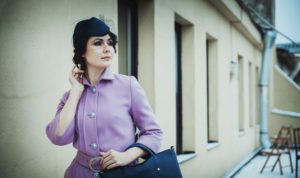 In the 80s, fashion houses revived this headdress. Fabrics and decor have changed radically. The cap became an exquisite accessory, which could soon be seen on some people from show business: Elton John, Sergei Penkin.
In the 80s, fashion houses revived this headdress. Fabrics and decor have changed radically. The cap became an exquisite accessory, which could soon be seen on some people from show business: Elton John, Sergei Penkin.
In order to wear such a stylish headdress, you need to have courage and special chic. Few girls dare to do this. However, the fashion trend was picked up by famous people: Evelina Khromchenko, Ksenia Sobchak, Yulia Bordovskikh, Tina Kandelaki, Anna Dello Russo. And how chic and stylish Renata Litvinova looks in a cap!
Important! Such models of hats suit only young and slender girls. A cap is contraindicated for older ladies; it will not decorate curvy women.
The ambassador fur hat looks very elegant and presentable. The style makes you look slimmer and visually increases your height. It is recommended to wear it under a coat. Additions must be impeccable: appropriate shoes, gloves, muffler, briefcase.
It is recommended to complement a casual denim look with a blue felt cap: a light and elegant hat adds femininity and grace to denim trousers and shirts.
A gray felt headdress with a veil will look elegant with a matching overcoat, a knitted poncho with braids, a green dress or a blue suit. Here the aristocratic style is complemented by the mystery of organza (tulle).
A black knitted cap will go well with light fur of a plain fur coat and black lace-up boots with heels. Summer versions of a felt Muscovite jacket with lace inserts will be equally charming with jeans and an elegant dress.


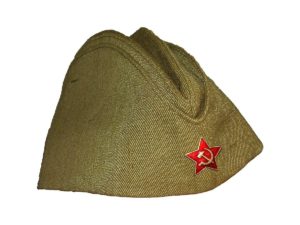 as an element of military uniform;
as an element of military uniform;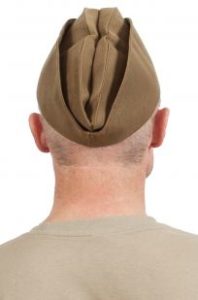 Ambassador (translated as ambassador, representative). In Soviet times, the country's leaders and senior party officials were very fond of these hats, made from mouton or silver astrakhan fur. Back then people called them “pies”. Wearing a hat with a band, Brezhnev took part in parades, and all the members of the Politburo standing nearby were wearing exactly the same caps. Gorbachev, who came to power, introduced mink fur “pies” into fashion.
Ambassador (translated as ambassador, representative). In Soviet times, the country's leaders and senior party officials were very fond of these hats, made from mouton or silver astrakhan fur. Back then people called them “pies”. Wearing a hat with a band, Brezhnev took part in parades, and all the members of the Politburo standing nearby were wearing exactly the same caps. Gorbachev, who came to power, introduced mink fur “pies” into fashion. 0
0